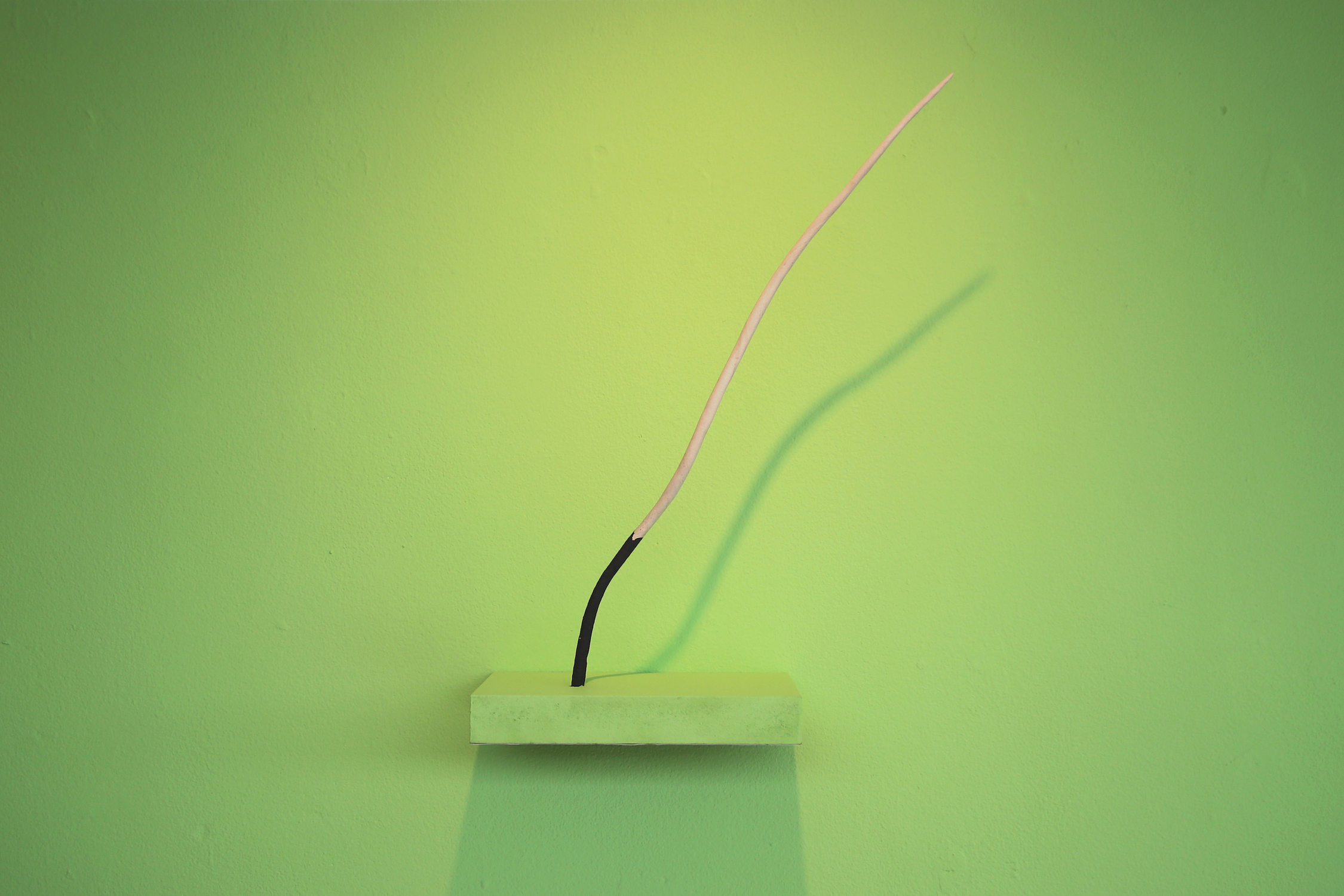Rowan Lear, a sudden branching, 2021. All images courtesy the artists
Thirteen image-makers feature in Grafting, a special showcase for the Islington fair’s Photo50 section
To ‘graft’ is to cut and fuse two separate plants. Through the joining, stems and branches strengthen – the new singular more resistant to disease and adverse climates, possibly resulting in multifruiting or multiflowering. In English slang, ‘grafting’ can also mean to work hard, often with connotations of dedication, extraneity, possibly even criminality and deception. To graft is to work hard.
In Grafting: The Land and the Artist, Revolv Collective’s presentation for Photo50 at this year’s London Art Fair, the group draws on the metaphor of grafting to study the dynamics between photography, land, and labour. “There’s already an established association between land and labour. This informed our approach to artistic labour as an act inherently related to survival, nourishment, and thriving together,’’ the collective explains.
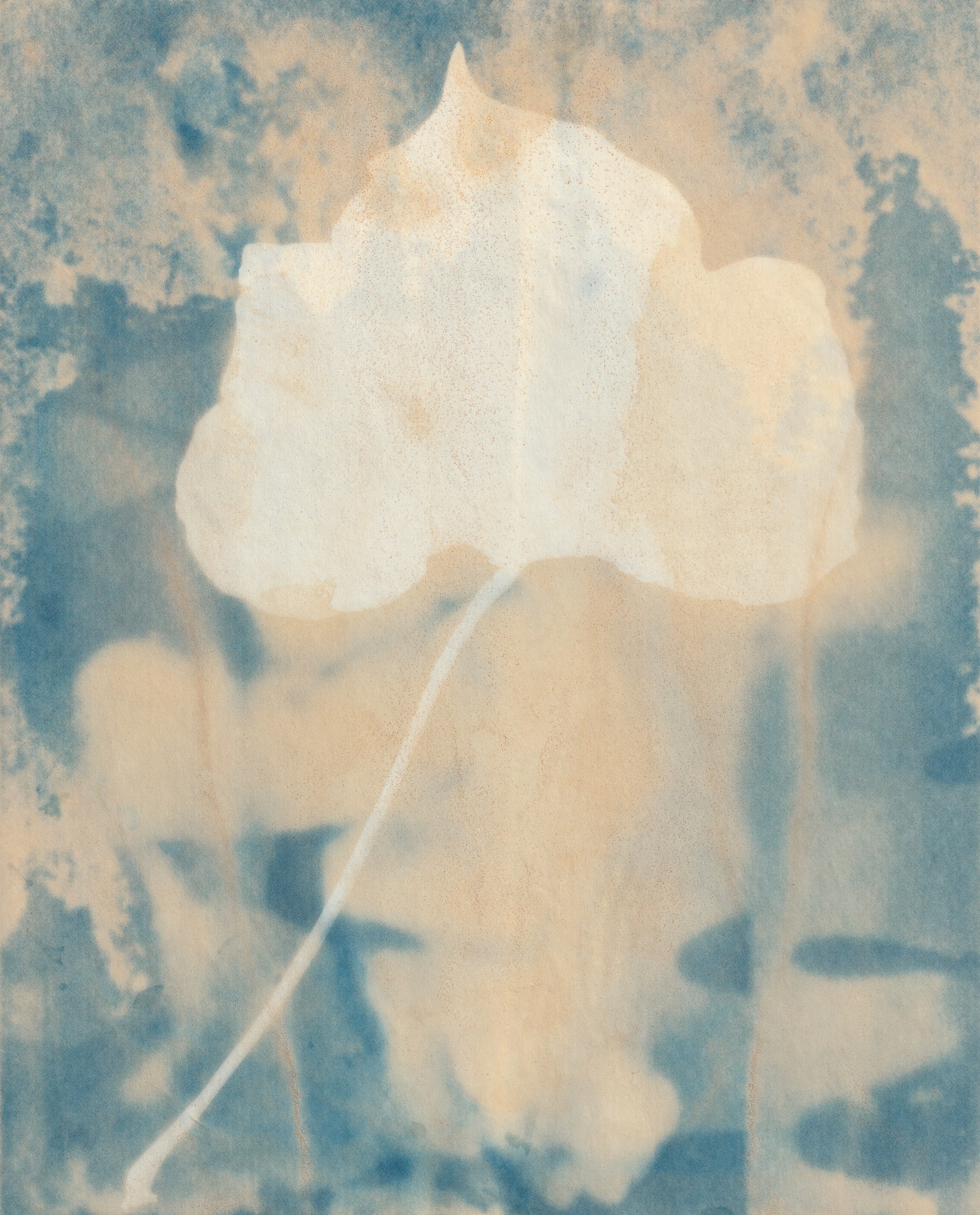
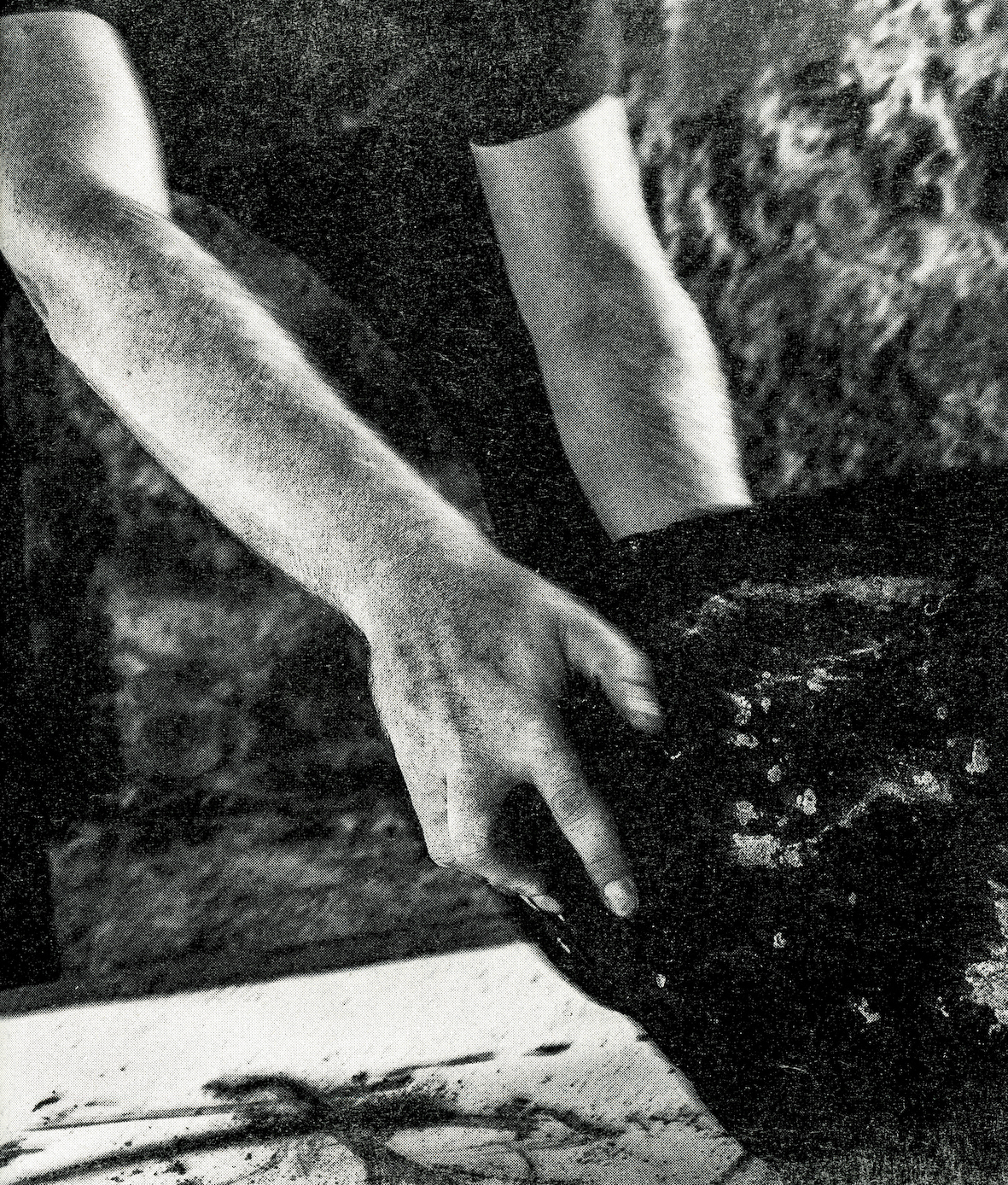
Now in its 16th edition, Photo50 provides a critical arm to the Islington-based art fair, a space in which contemporary photographic practices can be studied and championed. “We were seeking a timely, defining curatorial voice, a strong visual statement and pertinent converser to speak on photography today,’’ Sarah Monk, director of London Art Fair, explains on the eve of its 36th edition. “We wanted to ensure that this Photo50 was distinct from recent editions in format, subject and curatorial approach. Revolv provided such an opportunity, and were invited to guest curate through their unique perspective as an artist-run collective.’’
Comprised of artists Krasimira Butseva, Lina Ivanova, Lucas Gabellini-Fava, Victoria Louise Doyle, and Alexander Mourant, Revolv is a non-hierarchical collective concerned with collaborative practices, creative education, and photographic innovation. They specialise in ‘Expanded Photography’ – a “sensorial and intellectual challenge” that begins in photography before pushing beyond understandings of the medium. “[Expanded Photography] practitioners retain a certain photographic thinking as they move away from photography as the sole form of expression,’’ the collective says. “They might incorporate moving image, sculpture, drawing, performance, installation, and other media.” The camera, “haunted by its mechanical nature,’’ becomes an epistemologically distanced parent, a rule to be broken, a house to escape.
“Each artist’s angle is unique, although they all share a certain care for the land’’
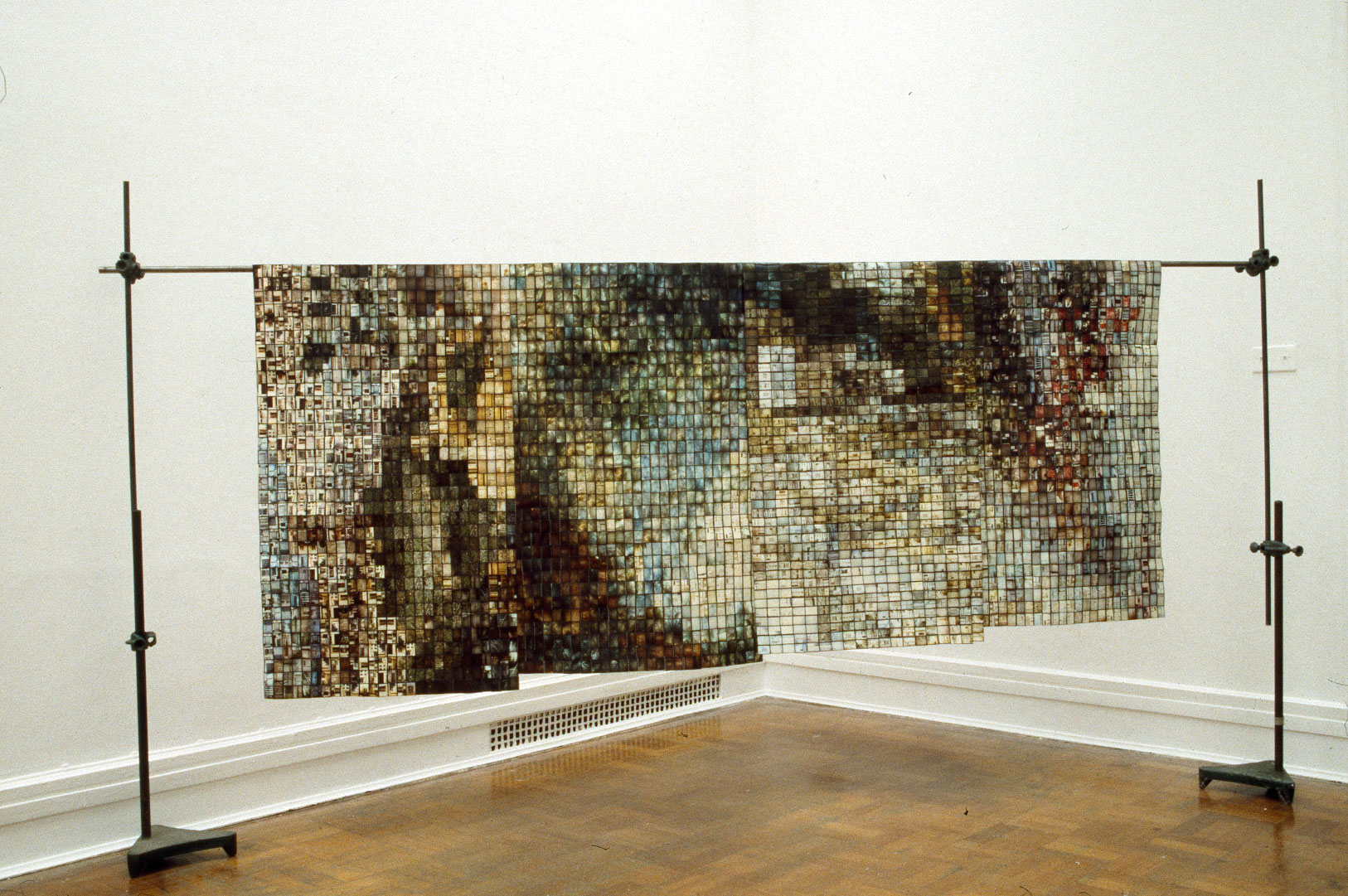
“Making and viewing involves playing, experimenting, and challenging what the artist and viewer think they know about art,” Revolv says. This is evidenced across Grafting, with traditional landscape photography barely featuring. “Landscape as a genre falls short as an experience of the land,’’ Revolv states. A photograph can “capture’’ land as a passive subject, they argue, uprooted and churned through a singular perspective. Cognisant of this controlling, dominating and potentially colonial dynamic, this year’s Photo50 recenters photography beyond the human body, inviting land into the creative process. Revolv hope this perspective shift will “allow us to tap into the land’s slower temporality and interconnected forms of knowledge.’’ Through this grafting between artist and subject, human and landscape, artwork and site, photography expands, bears new fruit. “More than just prints on the wall,’’ Revolv says.
“Each artist’s angle is unique, although they all share a certain care for the land,’’ Revolv says. Anthropogenic themes are ever-present yet never monolithic, the climate emergency invariably “lurking in the background” when not in full focus. Marie Smith’s bleached cyanotypes form a transtemporal dialogue between the artist and Anna Atkins, the first woman photographer and cyanotype pioneer. Atkins’ family owned slaves on a plantation in Jamaica, Smith’s motherland. Smith illuminates this dark history, documenting plants on the premises of the Horniman Museum and responding to Anna Atkins’ books in the collection of the museum. For Jackson Whitefield’s Imprint I, the artist buried steel plates for three months. The ground becomes markmaker, an experiment in cameraless photography made in collaboration with the earth. For Joshua Bilton, collaboration with the students of the Ferry Lane School in Tottenham led to Seed Pod, a collection of stories, poems, wishes and offerings built over two years of workshops and canal walks.
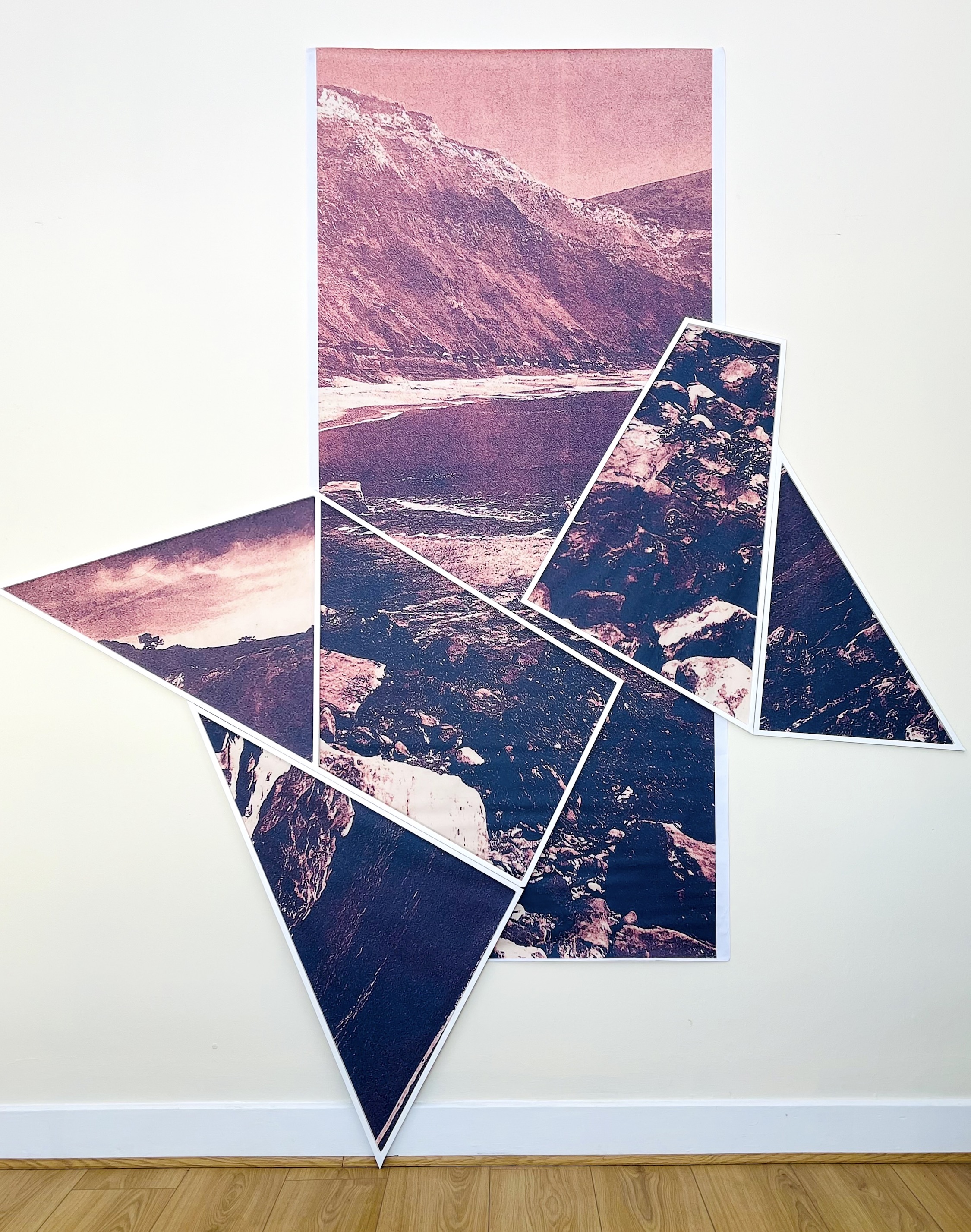
When selecting the 13 artists in Grafting, Revolv played a game of “Where’s the labour?’’ The production process of each project was located, contextualised and credited. “Photography is still viewed as a less laborious medium than painting or sculpture. It’s seen as the click of a button,” the collective says. With Photo50, the collective hopes to “connect [the fair’s] audience to photography as an indispensable medium within contemporary art.’’ With an awareness garnered in their own practices, Grafting spotlights all that “goes into” an image before, during, and after the click. Sometimes there isn’t even a click. From sewing to burying to non-toxic plant-based darkroom chemistry, each artist shows their working out in their presentations.
Revolv is currently transitioning from a collective to an organisation to better support early-career artists. Guest curations such as Photo50 provide a chance to work differently, to expand in new directions. “LAF supported our vision from the beginning,” Revolv says. “We have day jobs freelancing and teaching in addition to our own practices. The photography industry is like an ecosystem – multiple ways of thinking and creating can thrive together when resources are shared.”
The collective is uniquely positioned within this ecosystem, built on a series of successful grafts – still budding new leaves. Grafting brings their interest in expanded photography to ecological contexts – concerned with the artist not just as maker, but as a piece of nature. Here the photographer is not a landscaper, but a worm in the soil, a leaf on the wind.
London Art Fair is at Business Design Centre, London, from 17 until 21 January. BJP editor Diane Smyth will be taking part in the conversation ‘New Representations of the Land’ on 19 January

